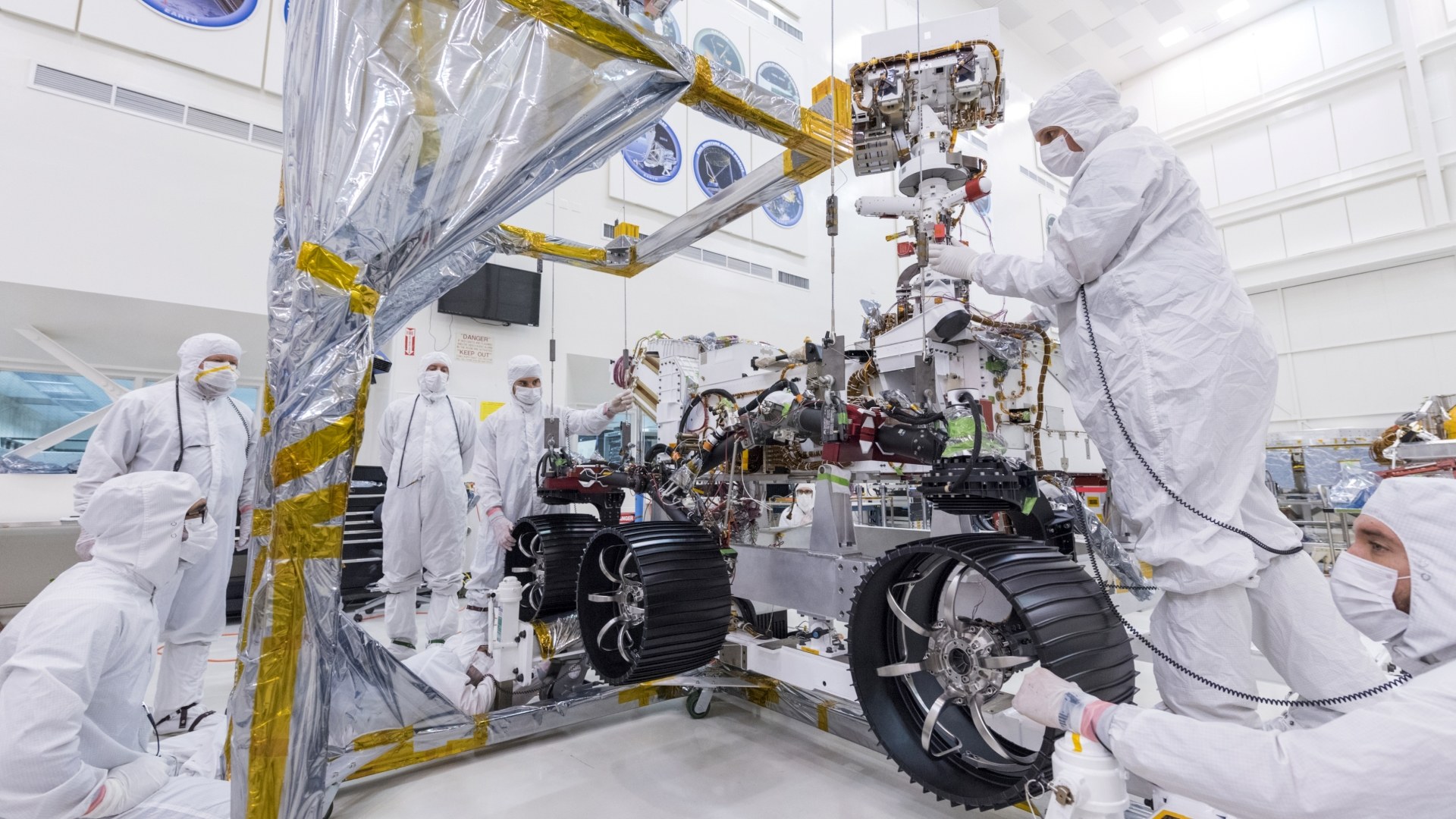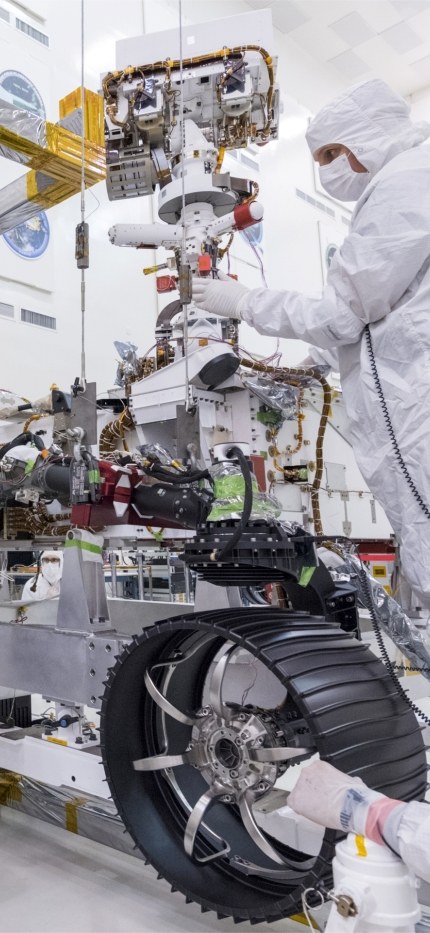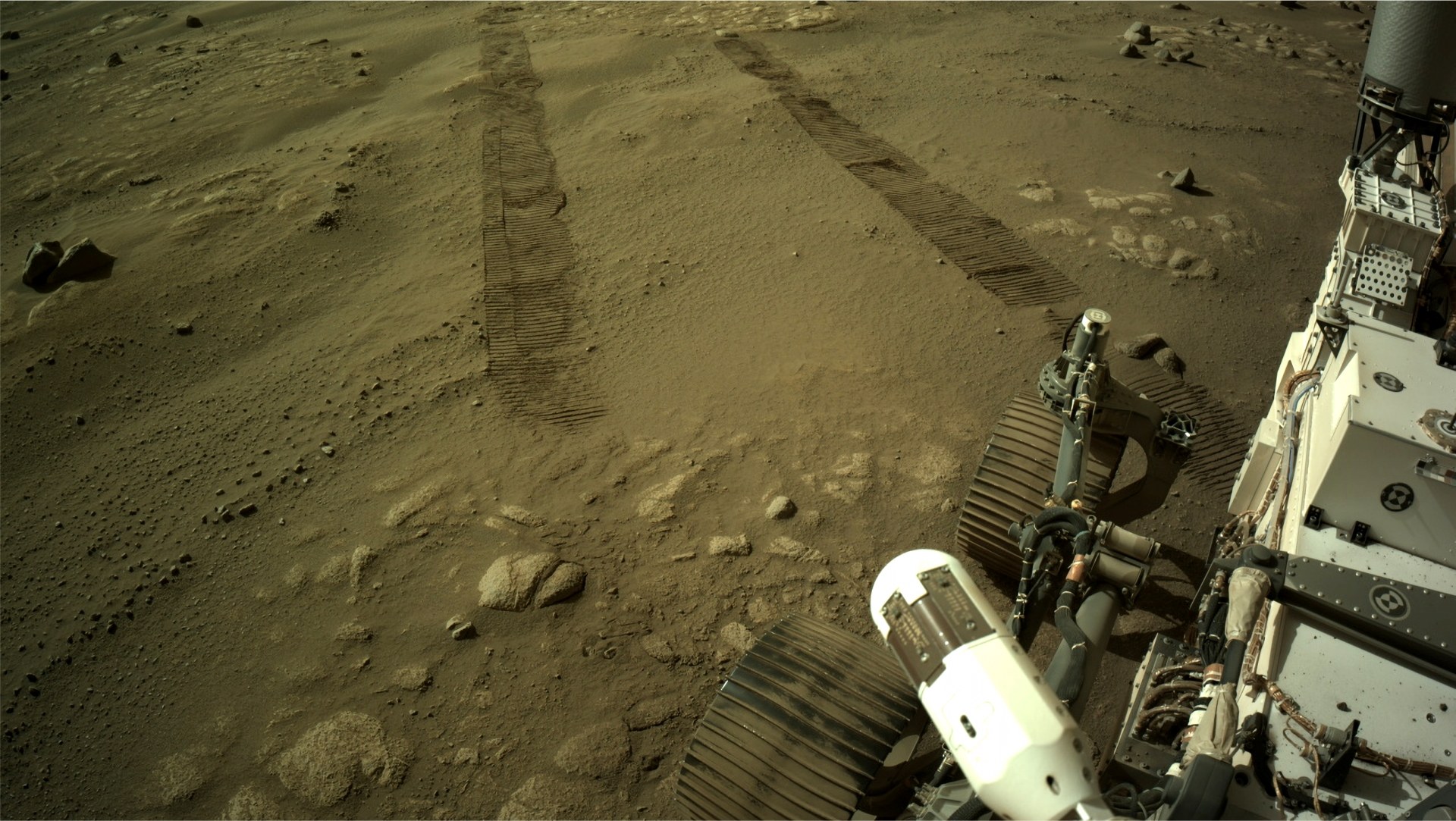
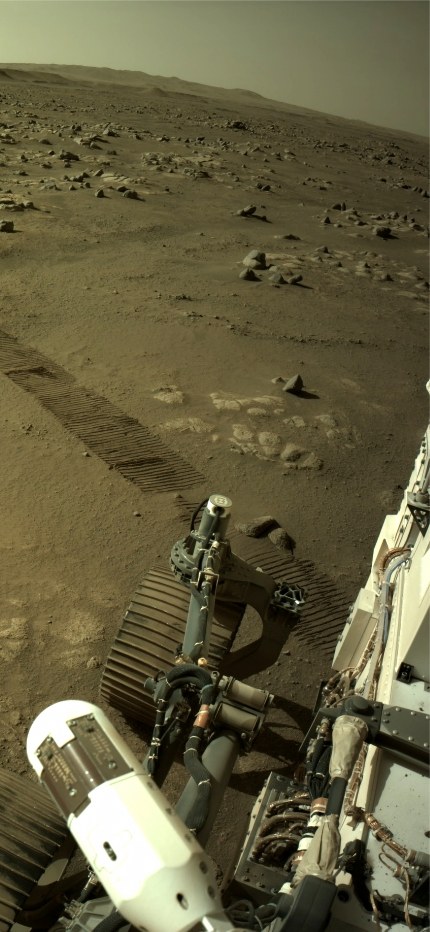
Our specialized areas
Critical systems for large space missions, ensuring reliable performance in extreme space environments.
Where
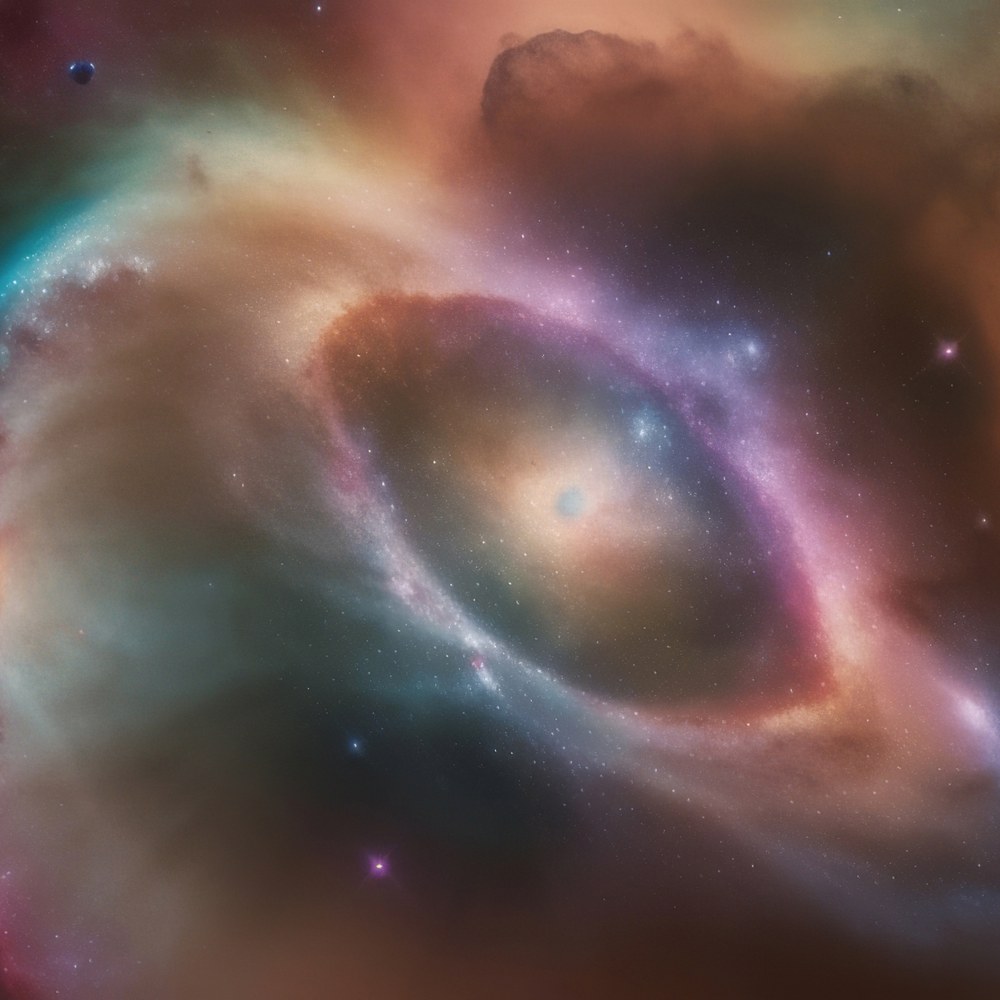
Physics and mathematics to understand the nature of stars, planets, galaxies, black holes and the universe as a whole. It explores how celestial objects form, interact, evolve and emit energy.
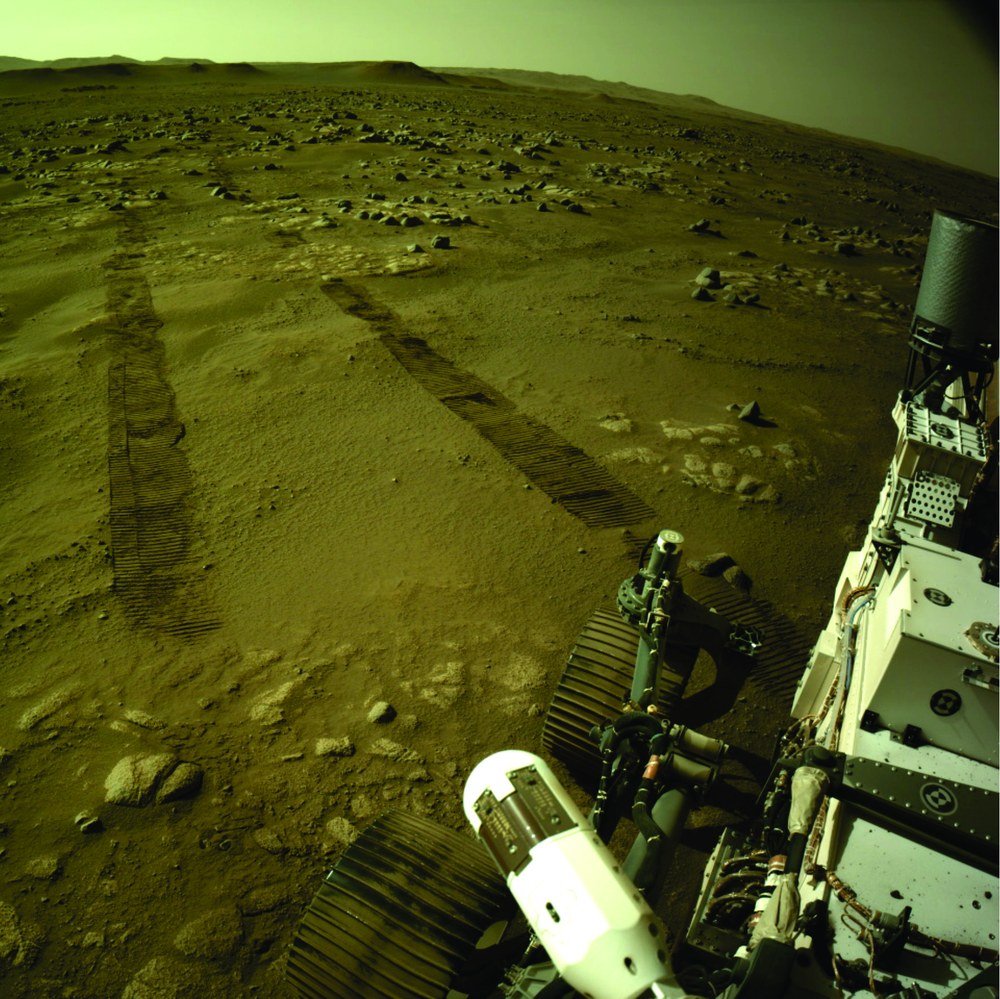
The exploration of the Moon and Mars involves using spacecraft, rovers and astronauts to study their surfaces, environments and possibilities for future human life. Mars has been explored by many robotic missions to learn about its land, climate and whether it ever had life. Both are key targets in space exploration and are important steps for future space travel.
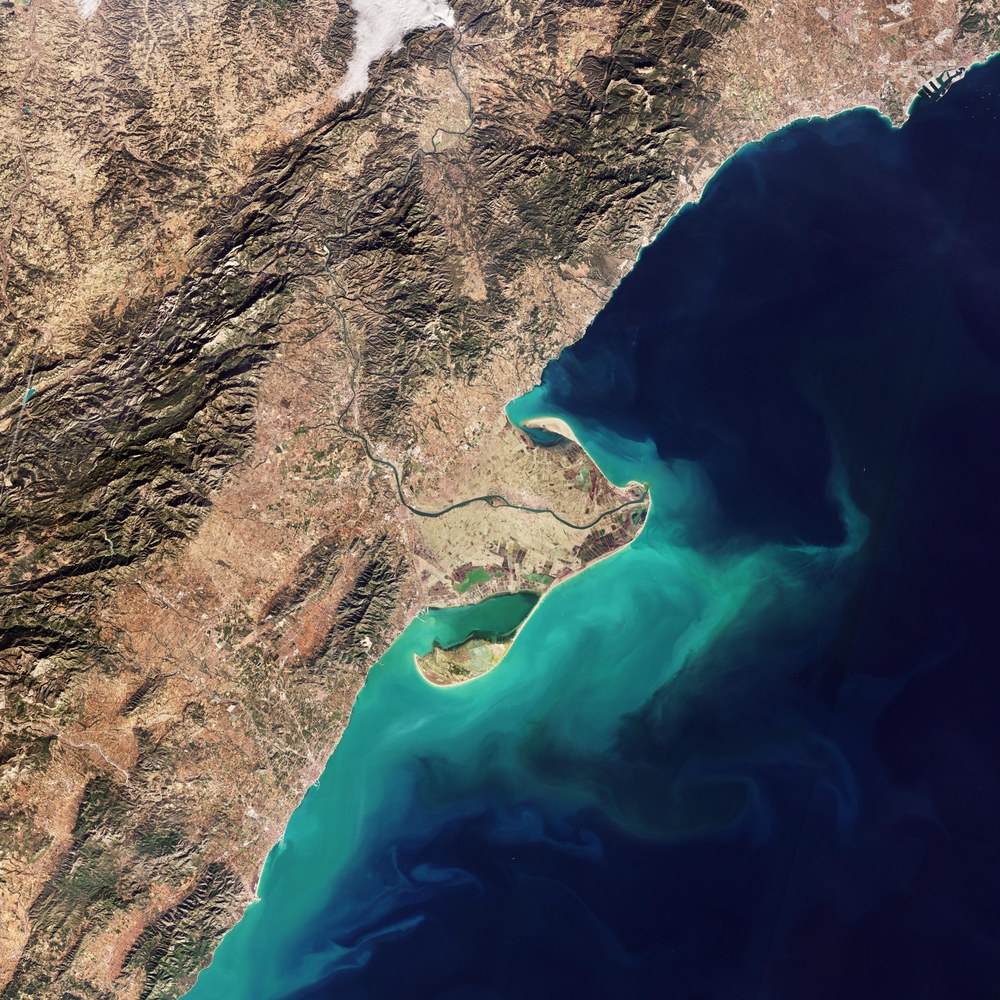
Involves the use of advanced satellites and sensors to monitor and collect data on Earth's atmosphere, climate, ecosystems and surface, supporting environmental research and disaster management.
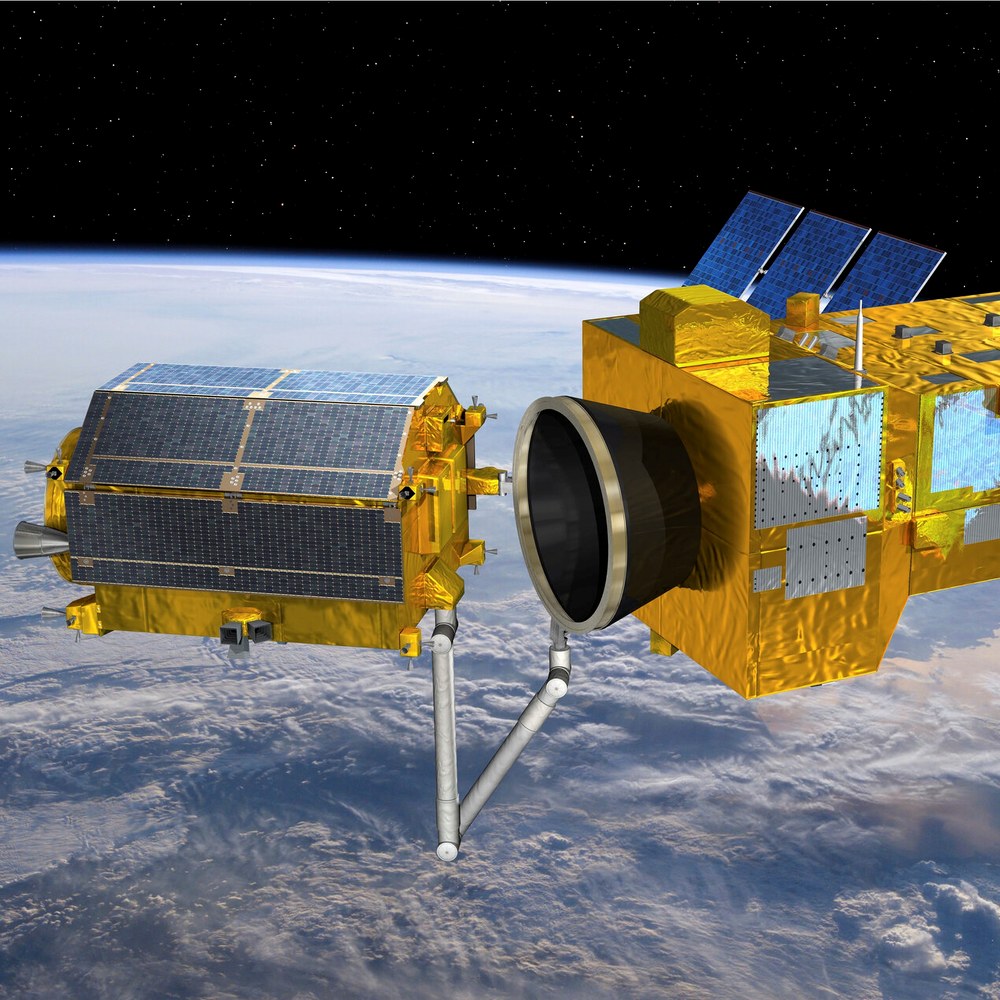
Development of tools and technologies used for life extension of satellites including repairing, refuelling and re orbiting or end of life management.
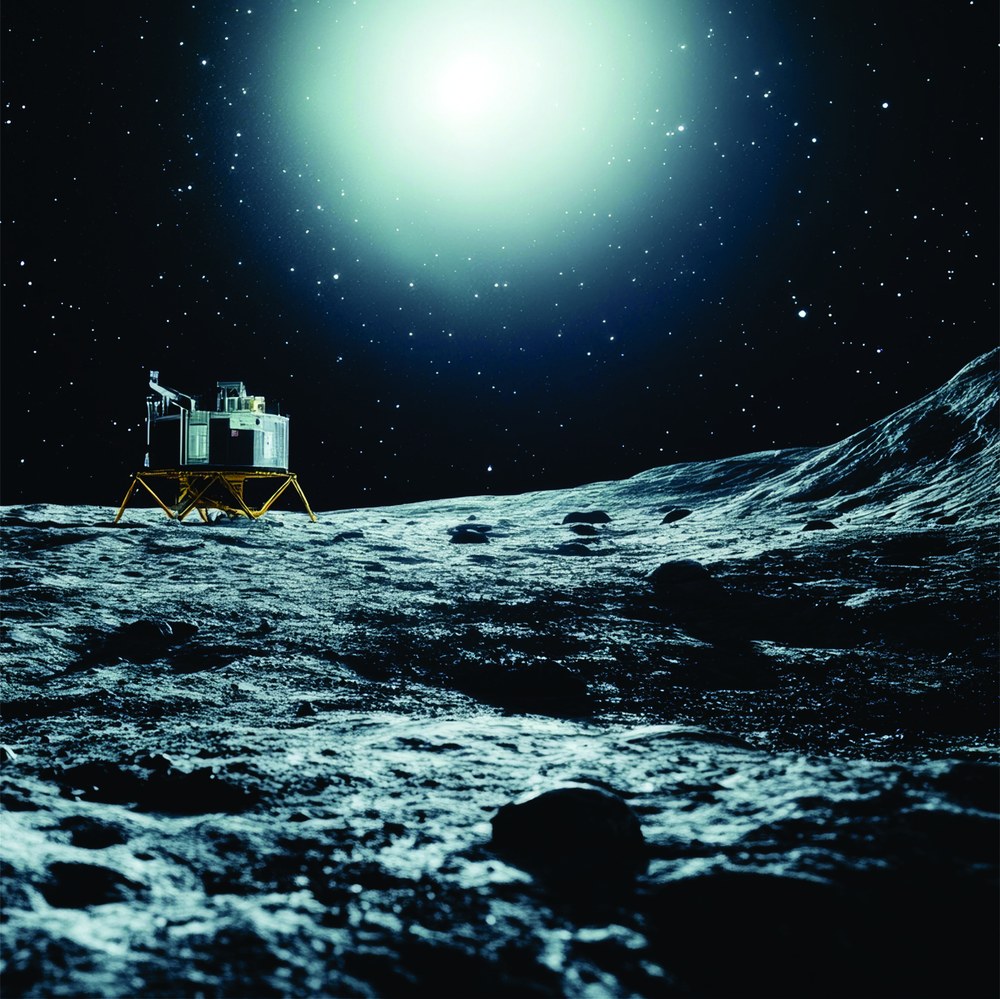
Involves the development of technologies to extract and process local resources, such as water or minerals, from celestial bodies like the Moon or Mars, enabling sustainable space exploration and reducing reliance on Earth-based supplies.
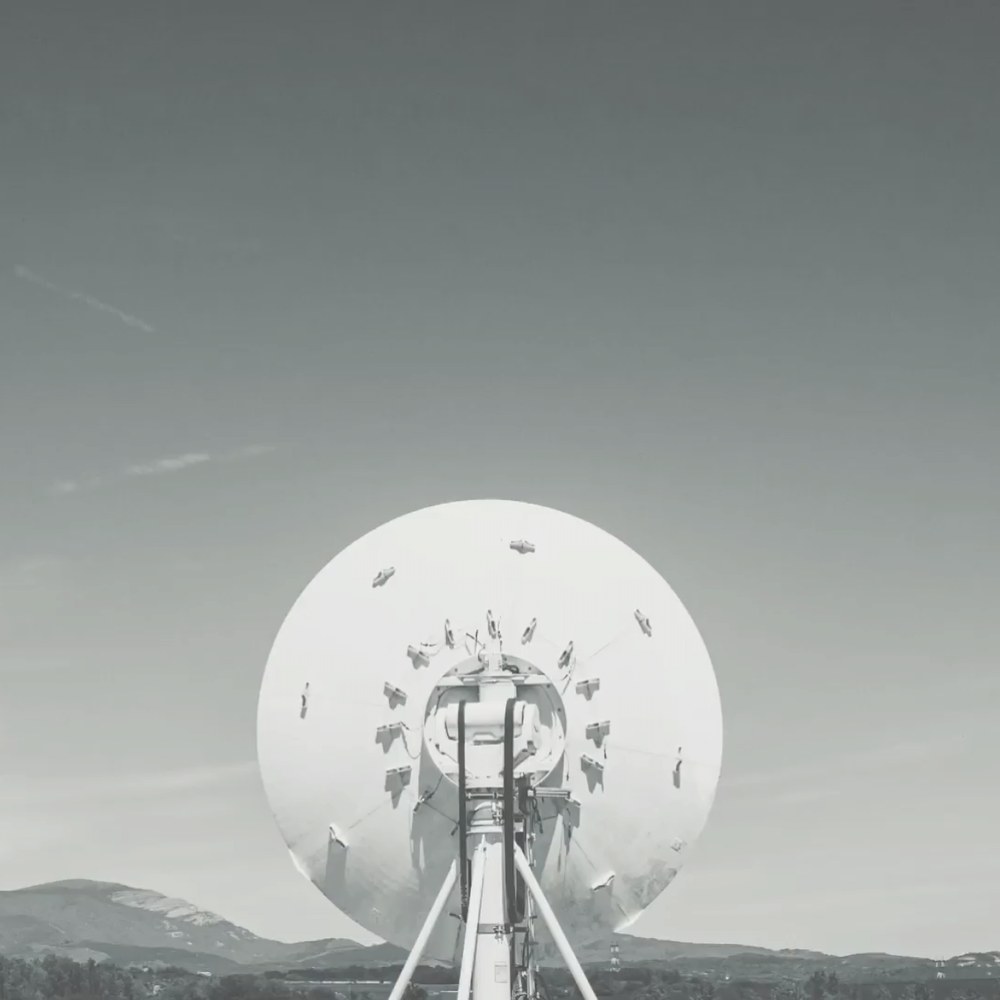
Use of advanced satellites, antennas and communication systems to transmit data, voice and video between space and Earth, supporting navigation, remote sensing and global connectivity.
How
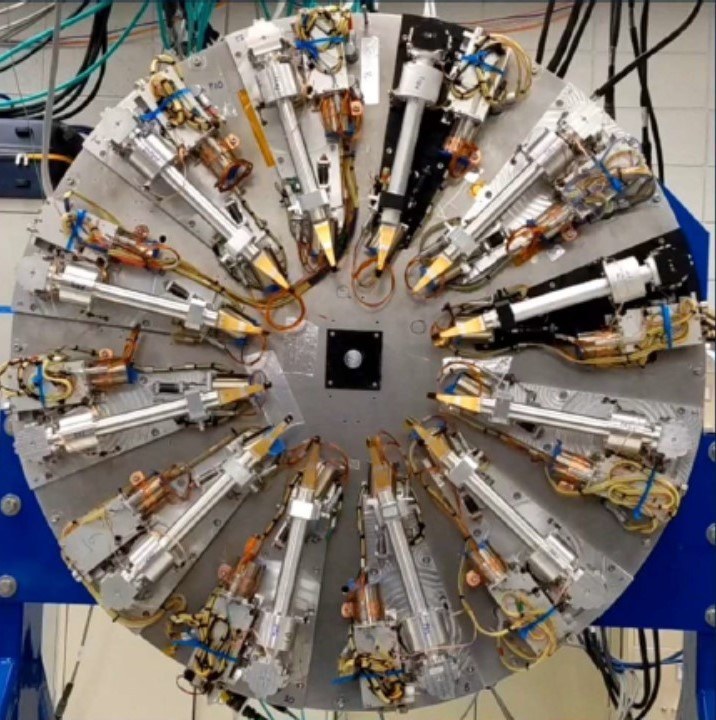
Specialized tools designed to collect, measure and analyse data from space environments. These instruments, including spectrometers, telescopes and sensors, are used for research in fields like astronomy, planetary science and space exploration, providing critical insights into the cosmos and Earth's atmosphere.
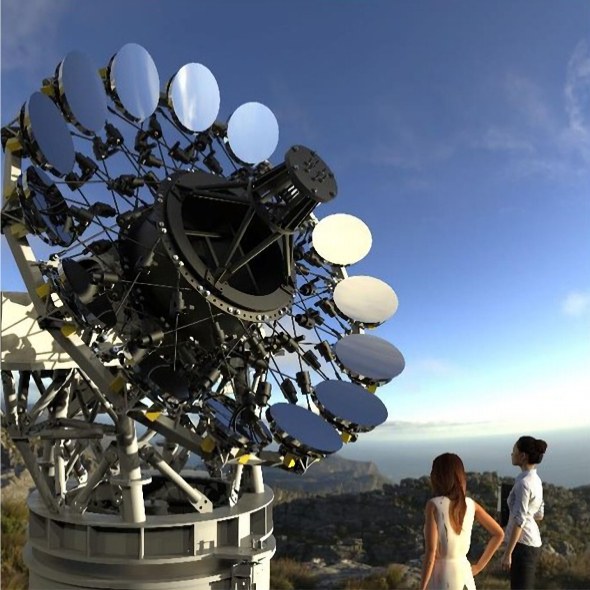
Collecting and magnifying electromagnetic radiation (such as light or radio waves) to observe distant objects, particularly in astronomy. Telescopes use lenses or mirrors to focus light or other radiation, allowing us to study celestial bodies like stars and planets.
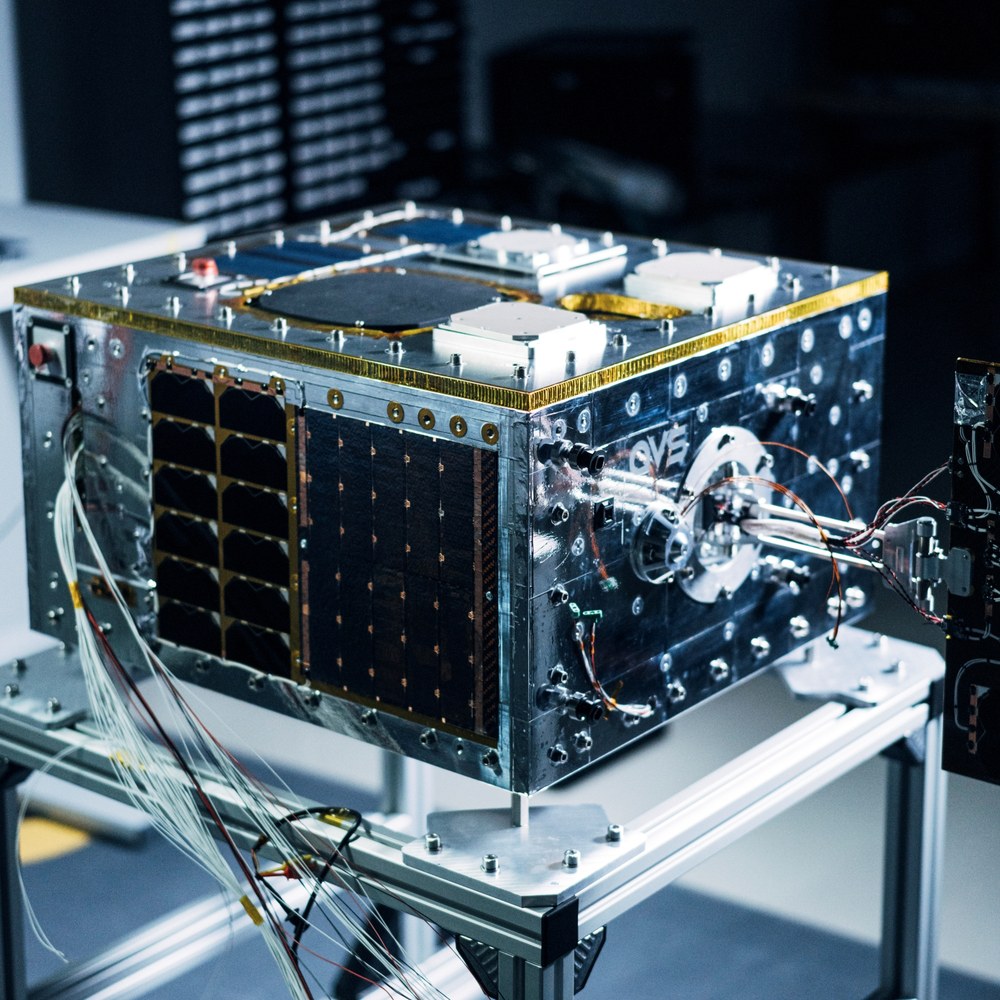
Complete process of planning, designing, building, launching, operating and decommissioning a spacecraft. Using a variety of technologies, including propulsion systems, communication tools, power generation and onboard scientific instruments, to ensure successful mission execution.

Specialized systems used for tasks like assembly, maintenance and exploration. These include robotic arms and autonomous drones designed to operate in space, supporting missions such as satellite servicing and planetary exploration.
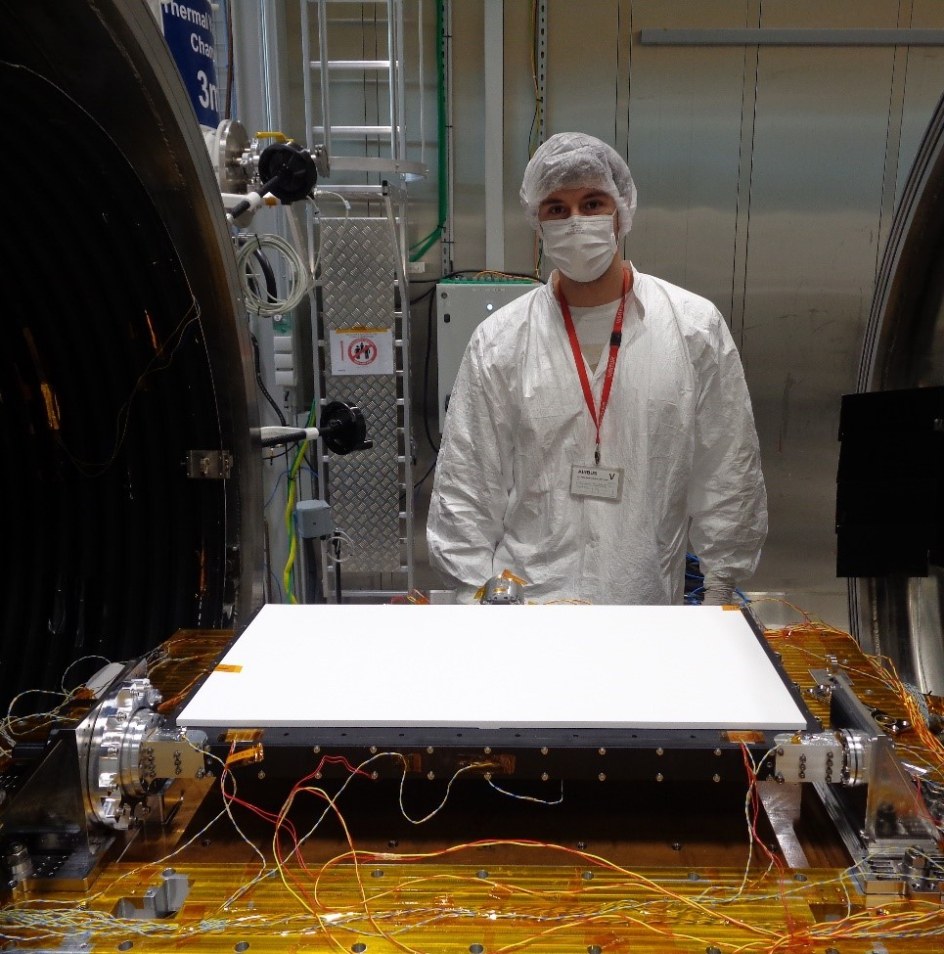
These mechanisms enable deployment, movement and operation of equipment in space, such as deployable structures (solar panels or antennas), pointing systems (to direct instruments or cameras at targets), actuators (to adjust positions or control movement) and robotic arms (to manipulate objects or perform specific tasks). They are crucial for ensuring the proper functioning of spacecraft in the harsh environment of space.
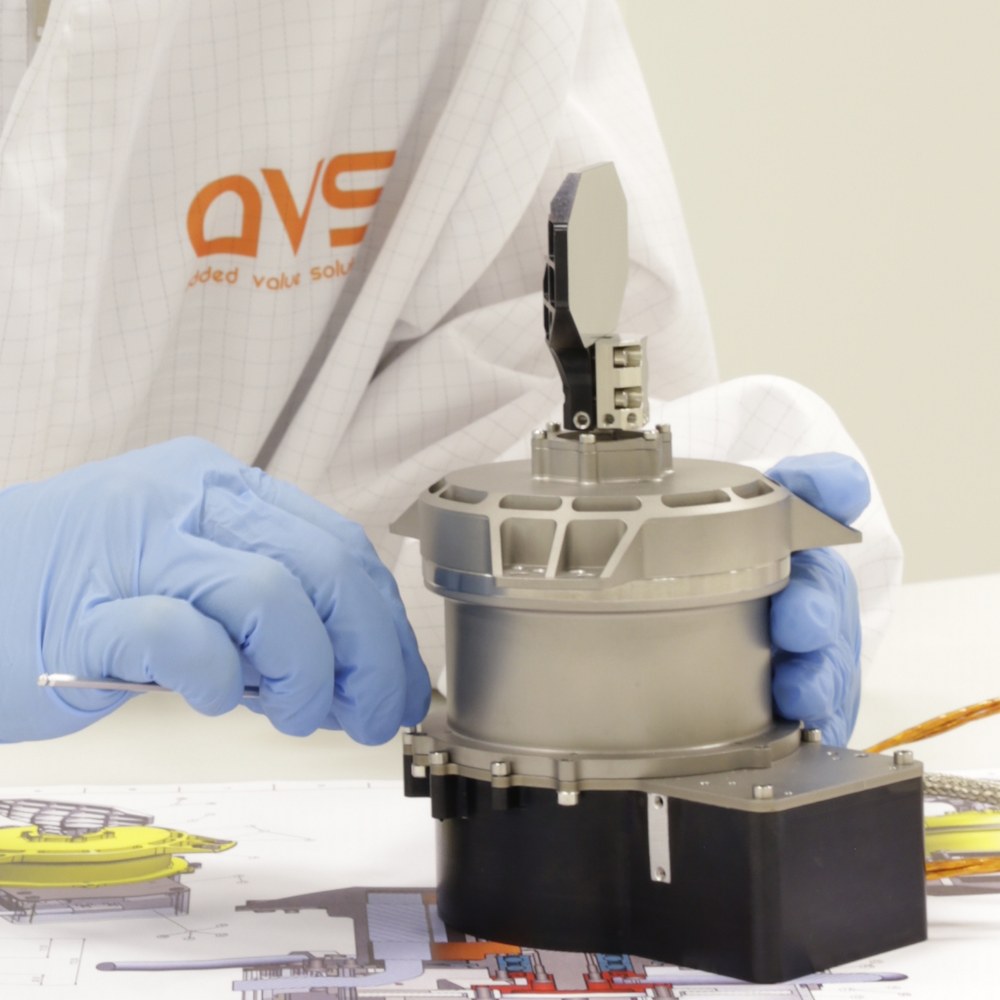
Optomechanics in space combines optical systems (like telescopes and cameras) with mechanical structures to ensure precise alignment and performance in spacecraft. It addresses challenges like thermal fluctuations, microgravity and vibration to maintain high accuracy for tasks such as imaging and scientific measurements in space.
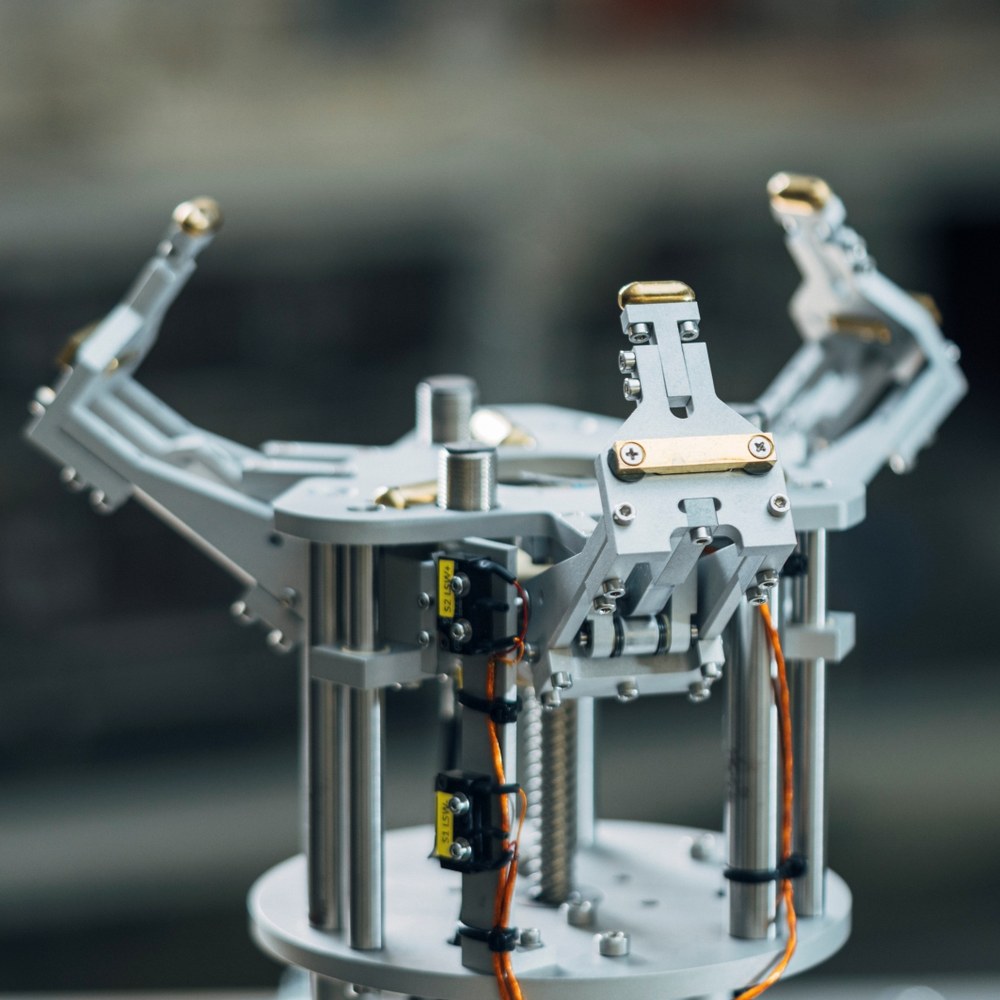
Enable spacecraft to safely connect for fuel transfer or maintenance. Using precise technologies, they support long-duration missions and satellite servicing in orbit.
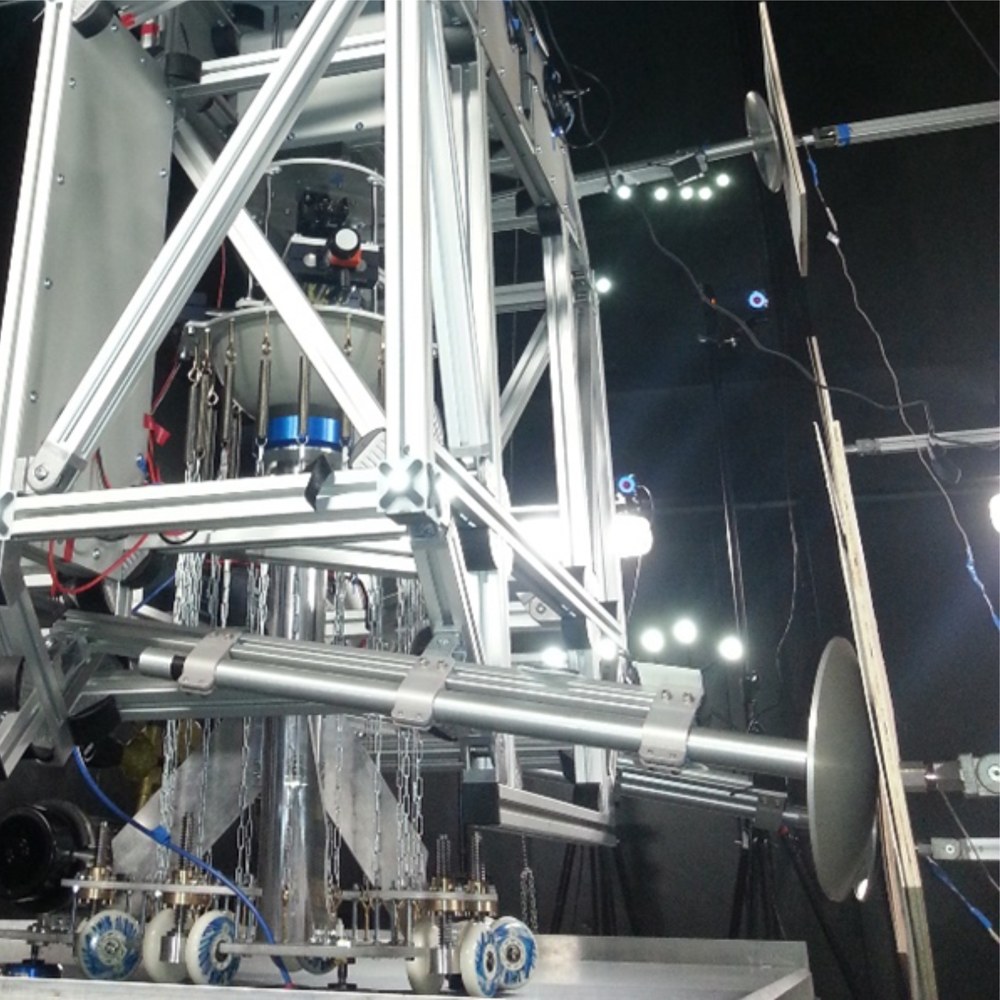
Robotic systems to gather samples from celestial bodies with weak gravitational fields, such as asteroids or the Moon. These systems use specialized tools like drills, scoops and surface collectors to obtain materials for analysis, helping to understand the composition and history of these bodies.
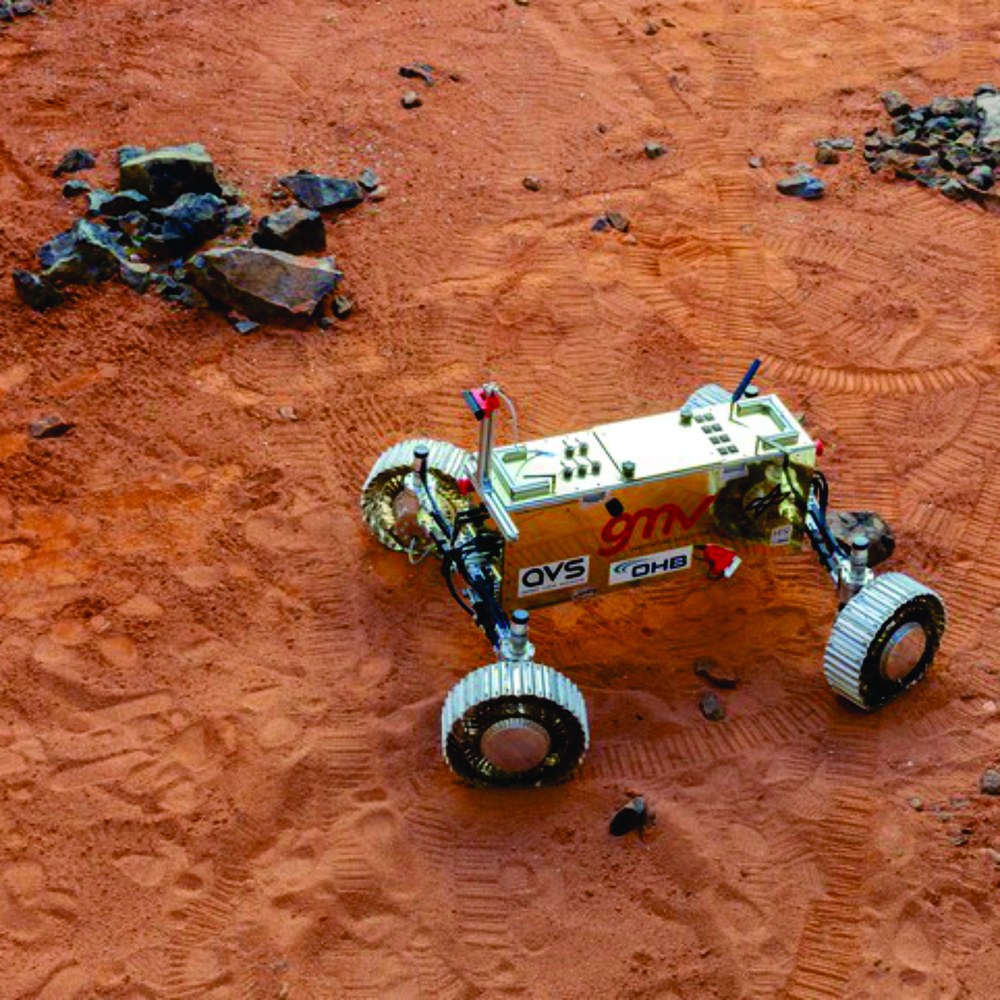
Involves the use of rovers, landers and robotic vehicles designed to navigate and explore the surfaces of planets and moons. These systems are equipped with wheels, tracks or other mobility mechanisms to travel across diverse terrains, collect data and perform experiments in remote environments like Mars or the Moon.
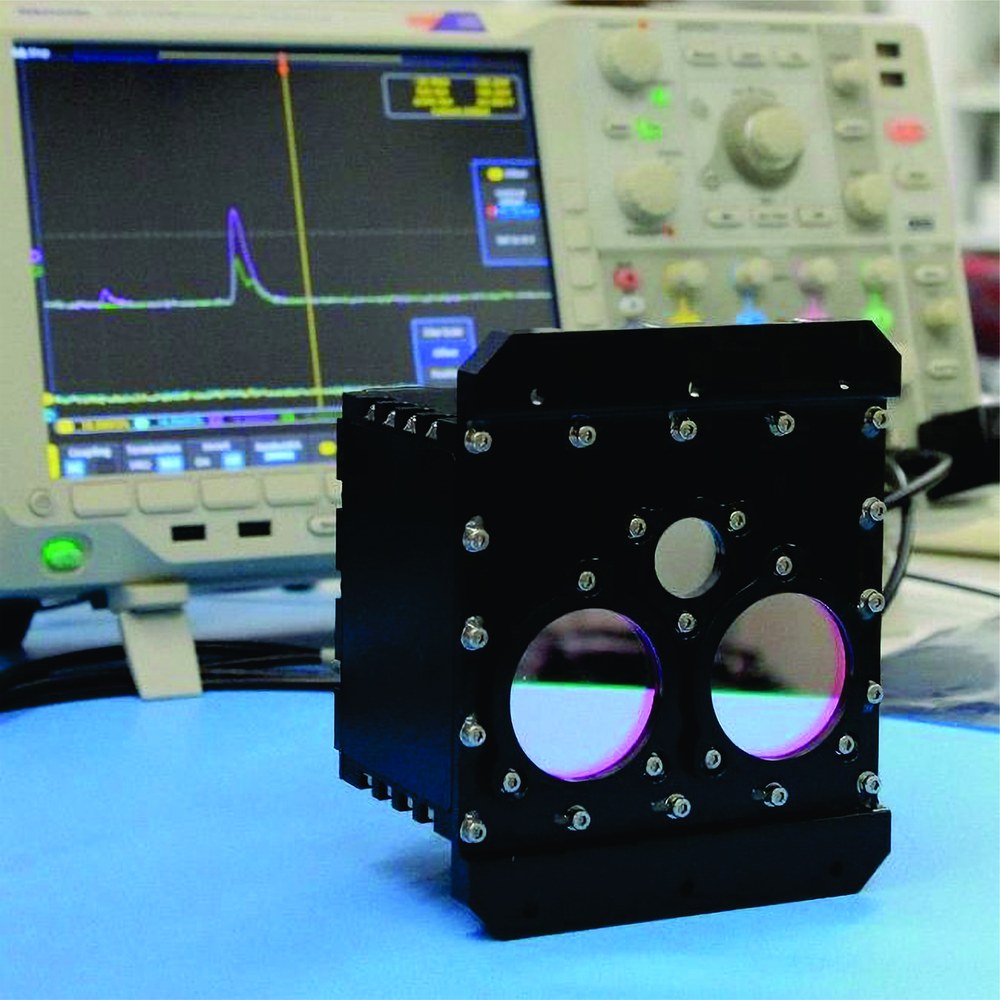
Using quantum mechanics principles to enhance the precision of measurements and improve secure communication. Quantum sensors detect minute changes in physical properties like gravity or magnetic fields, while quantum communication systems offer highly secure data transmission, both playing a key role in advancing space exploration and technology.
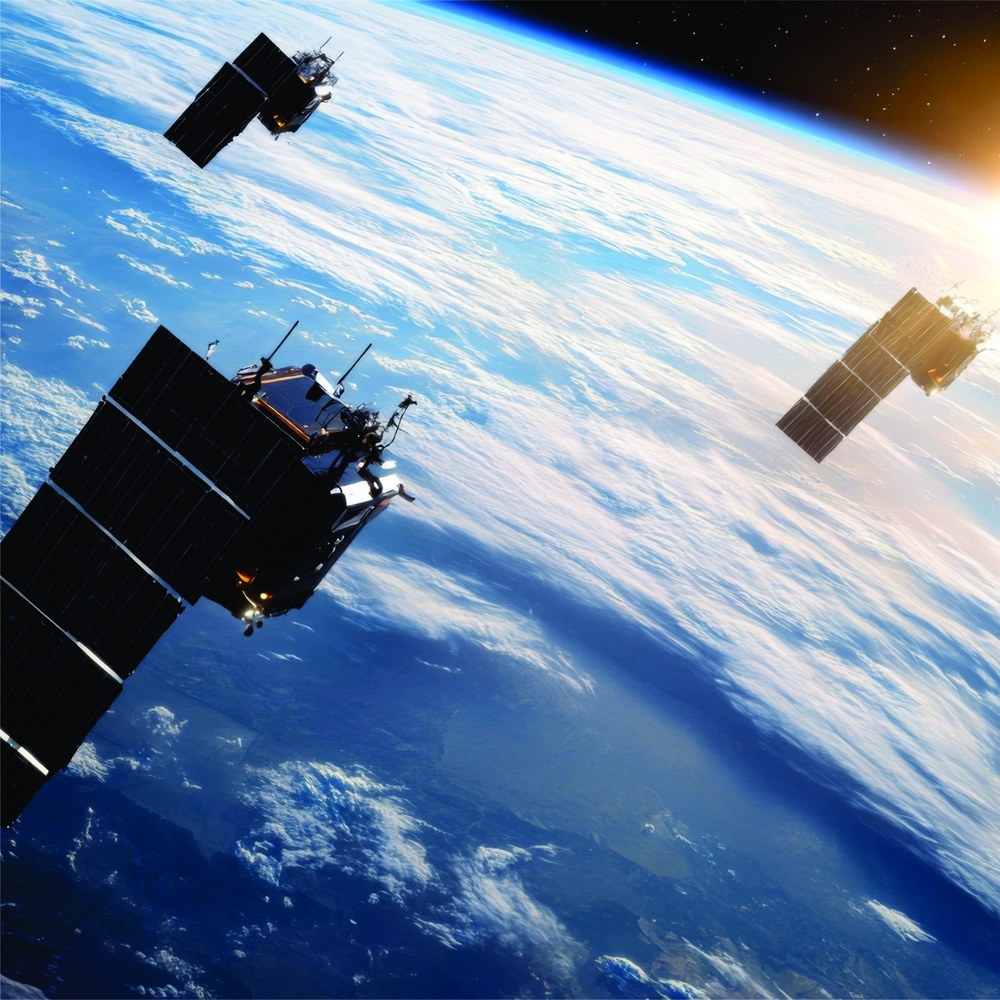
Precise manoeuvring of spacecraft to approach, dock or interact with another object in space, such as a satellite or space station. These operations require advanced navigation, control systems and sensors to ensure safe and accurate proximity handling during tasks like satellite servicing, cargo delivery, or formation flying.
Trusted by
Leading space agencies, large system integrators, and NewSpace companies, delivering efficient and innovative solutions that drive progress in space exploration ensuring mission success.
